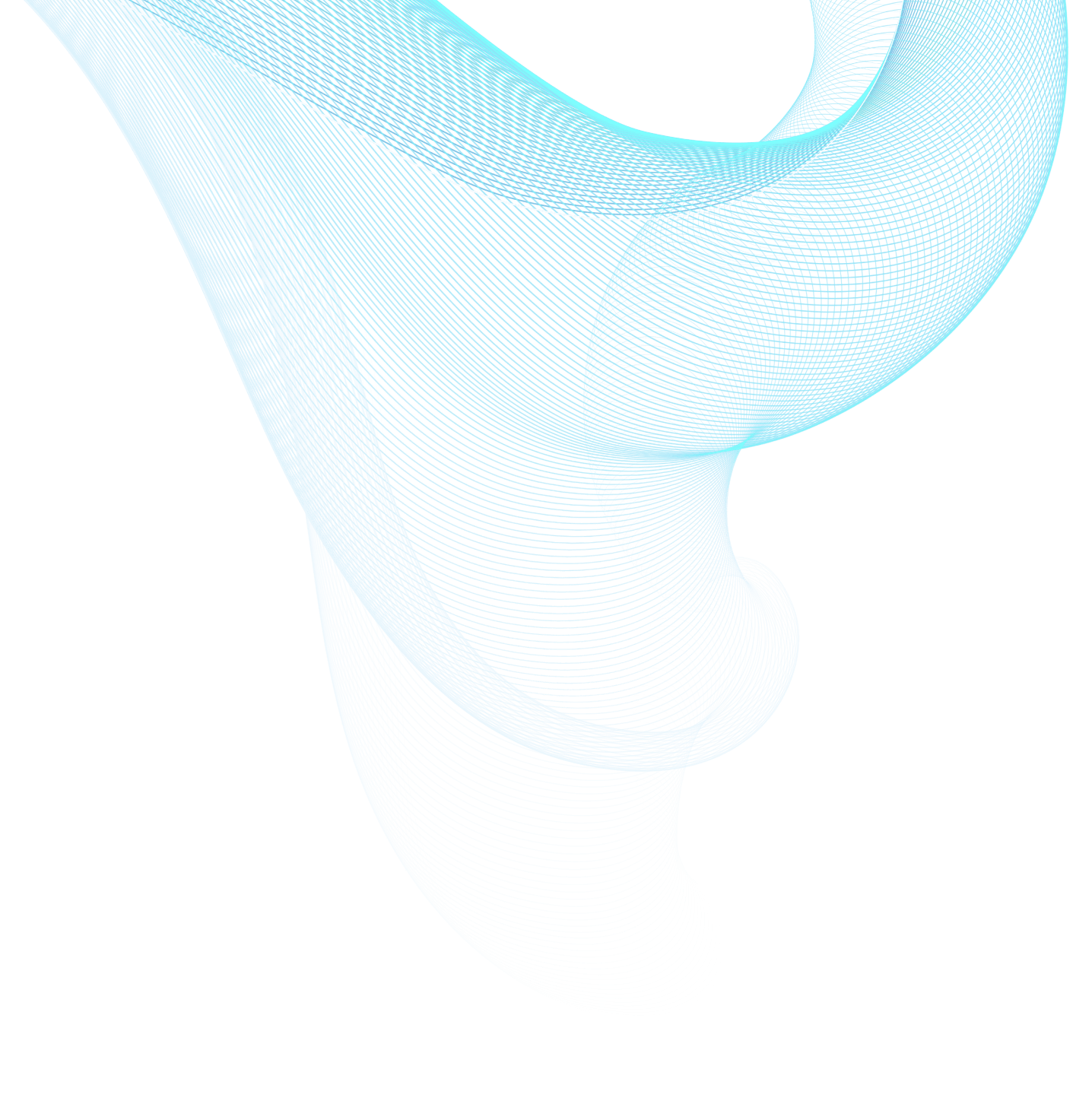
Development of AI technology in surveillance.

The Evolution of AI-Driven Video Analytics in Surveillance
The emergence of AI-driven video analytics marked a significant milestone in the surveillance market, with its object recognition and identification capabilities touted as revolutionary. However, initial expectations were not fully realized, as early implementations often fell short of performance benchmarks. Despite these challenges, ongoing technological advancements continue to highlight the vast potential of AI in this sector, making future enhancements highly anticipated.
Trends in AI Development for Surveillance Systems
The application of AI technology in surveillance undeniably holds tremendous promise, even as it grapples with ongoing challenges in object recognition and identification. As technology advances, AI is expected to overcome obstacles related to variable lighting, complex backgrounds, and object occlusion. Notably, some companies claim their AI solutions can reliably identify people and objects using low-cost or older analog cameras.
Industry Perspectives
Insights from industry leaders—including Andre Vermeulen of Secutel Technologies, Gerhard Furter from Iris AI, and Dr. Jasper Horrell of DeepAlert—shed light on the evolving role of AI in security applications.
-
Vermeulen remarked that AI technology has undergone revolutionary changes in recent years. His company has transitioned from basic analytics to offering comprehensive AI suites, including advanced features such as human posture detection.
-
Horrell emphasized that improvements in datasets and architectures have led to significant gains in AI accuracy, resulting in increased acceptance among customers.
-
Furter identified three key transformations in AI technology: reduced computing hardware costs, breakthroughs in machine vision research, and enhanced market education that has elevated customer expectations.
The Reality of Low-Cost Cameras and AI Performance
While some vendors assert that unbranded, low-cost cameras suffice for high-quality AI analytics, effective object recognition still necessitates a certain level of image quality. For basic human and vehicle detection, 640x480 pixel resolution is adequate, while 1280x720 pixels offer more stable results. In facial recognition applications, 1920x1080 pixels is considered ideal.
User-Friendly AI Solutions
DeepAlert’s Horrell noted that their “plug-and-play” AI solutions generally require no additional training for most scenarios, though some unique situations or new models may still need specific training. Vermeulen echoed this, stating that Secutel provides pre-configured AI solutions but recommends personalized training based on specific needs to maximize effectiveness.
Future Development Predictions
Furter anticipates that AI will become more mainstream, with simpler customization of datasets and greater mobility, positioning smartphones as emerging AI platforms. Horrell predicts an increased reliance on historical data for CCTV analytics, enabling AI systems to understand behavioral context and generate appropriate alerts. Vermeulen believes that within the next three years, AI will radically transform various industries, paving the way for groundbreaking applications like fully automated security systems.
Current Market Offerings
Secutel offers the SecuVue platform, featuring capabilities such as facial recognition and posture detection. Iris AI plans to launch SnapGuard into the mainstream market, introducing human posture analysis and skeletal biometric technology. Meanwhile, DeepAlert provides services including false alarm filtering and advanced camera health reports, with plans to integrate large language models for customized alert configurations.
Translation source: AI developments in surveillance - SMART Surveillance 2024 - DeepAlert - Secutel Technologies - Technews Publishing - SMART Security Solutions (securitysa.com)

